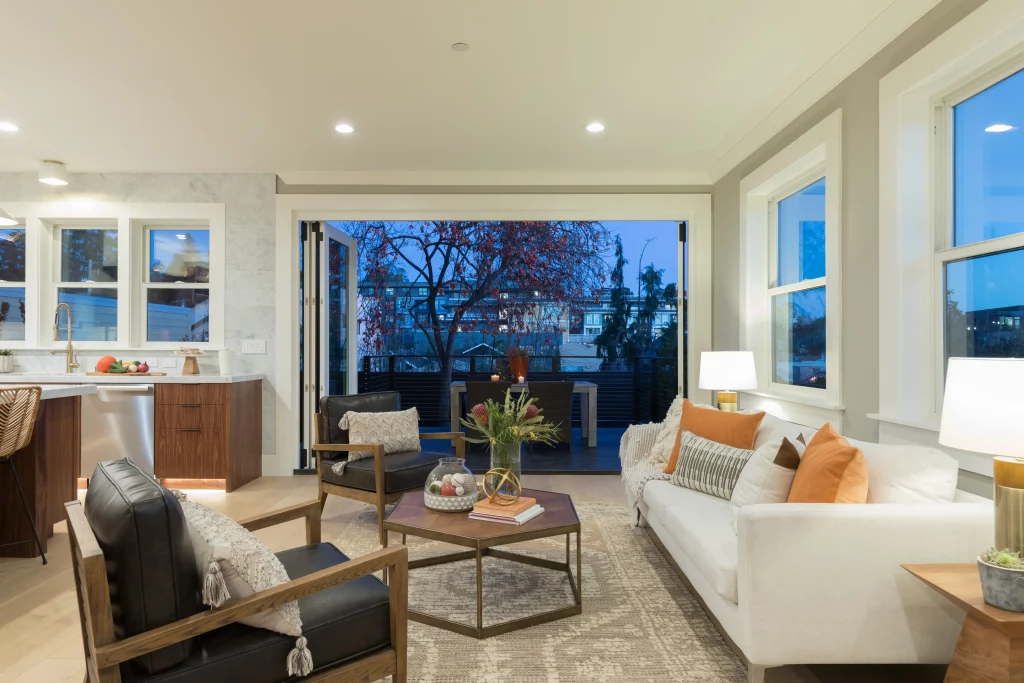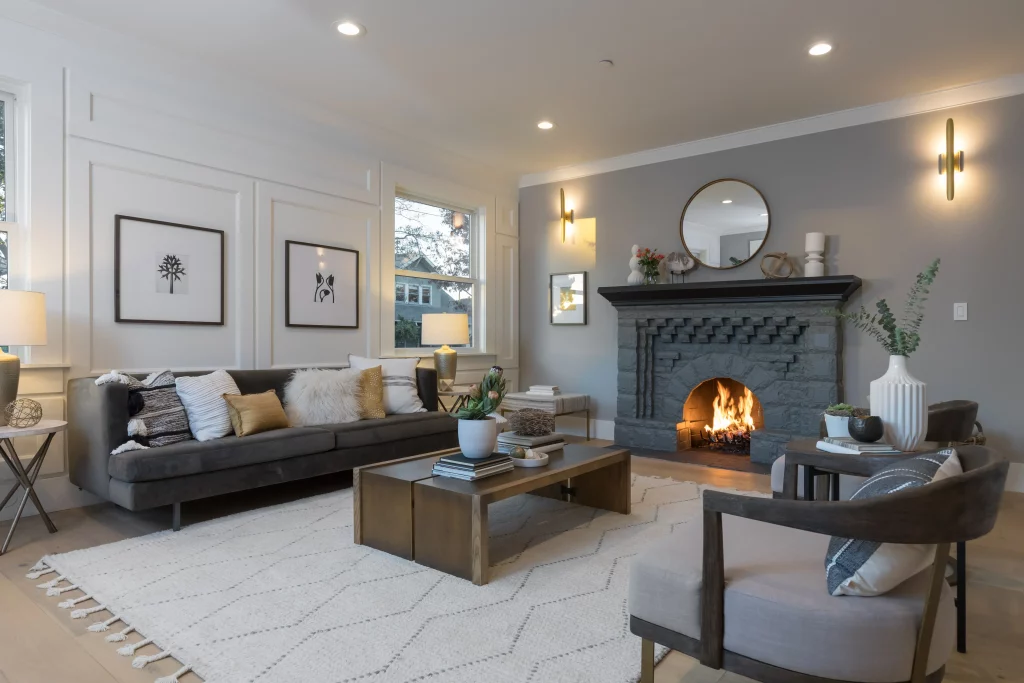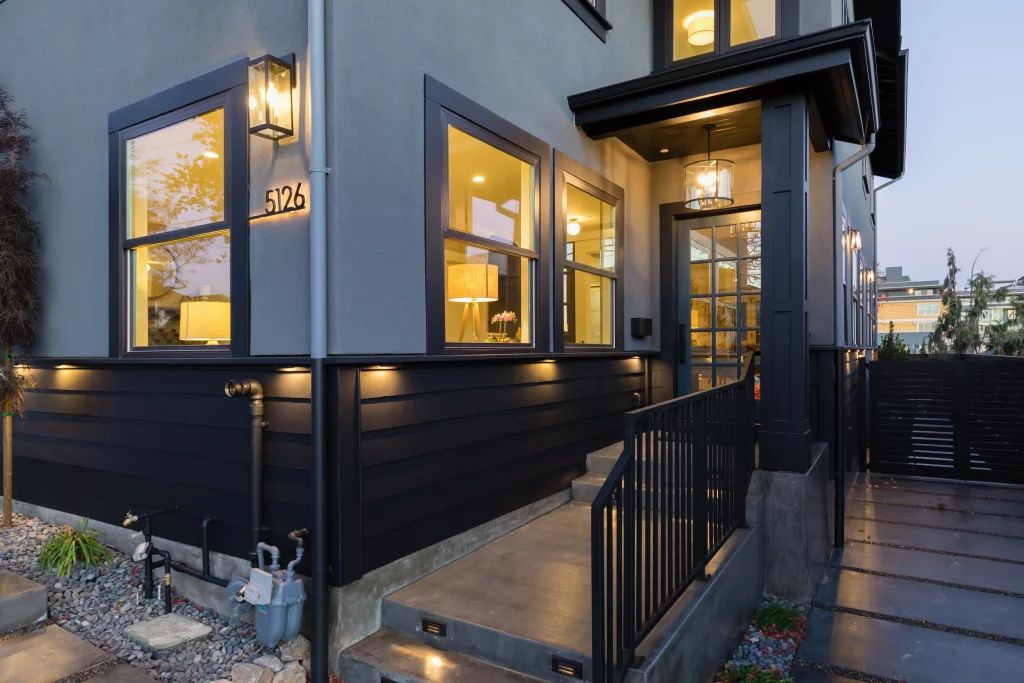A room addition is a transformative way to enhance your home’s functionality and value. Whether you need more living space, a home office, or an extra bedroom, a well-planned addition can meet your needs while improving your property’s appeal. However, it’s important to assess your goals, budget, and the potential impact on your home’s layout before starting. This guide explores key considerations to help you decide if a room addition is the right choice for your home.
Assessing Your Needs and Goals
Before committing to a room addition, identify your specific needs and goals. Are you expanding your family, creating a dedicated workspace, or increasing your home’s resale value? Understanding your priorities will help shape the project’s scope and design. Additionally, consider how the new space will integrate with your existing layout. A thoughtful approach ensures the addition enhances your home’s functionality without compromising its overall aesthetic. By clearly defining your objectives, you can make informed decisions that lead to a successful outcome.
Evaluating Costs and ROI
Room additions can be a significant investment, so it’s essential to evaluate costs and potential return on investment (ROI). Obtain detailed estimates for construction, materials, and permits to establish a realistic budget. Research comparable properties in your area to gauge how the addition might impact your home’s market value. While certain additions, such as extra bedrooms or bathrooms, often yield high ROI, prioritizing your personal needs is equally important. Balancing financial considerations with practical benefits ensures your room addition is both valuable and functional.
Read More:
Designing a Seamless Room Addition: How Anura Design & Remodel Blends New and Existing Spaces


